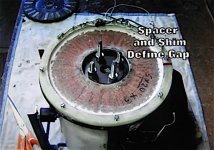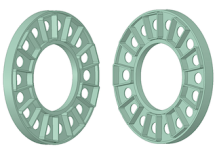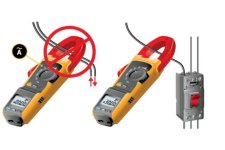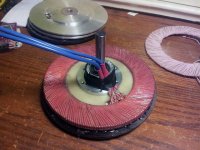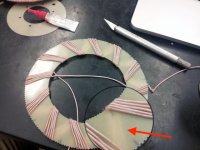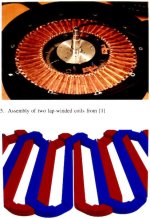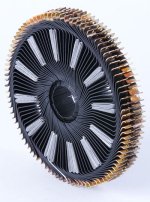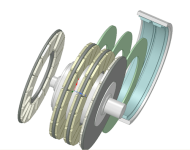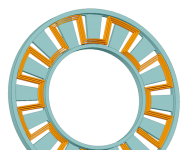APL
100 kW
- Joined
- Aug 6, 2018
- Messages
- 1,113
I just saw this Youtube vid on making a fiberglass stator, using the Marand style winding, and realized that if it's all pre
set up with pins, then you can't get the windings very far off skew. He has a lot smaller rotor, and it's a generator, but
the magnetic forces on the windings should be the same. Still don't know how much that is though, so once again,
a bit of experimenting would be in order to see if 3D printing stator carriers would work for air core motors. Especially
larger ones like this, with more power demands, and heat.
https://youtu.be/RiiP5mDVqLo
set up with pins, then you can't get the windings very far off skew. He has a lot smaller rotor, and it's a generator, but
the magnetic forces on the windings should be the same. Still don't know how much that is though, so once again,
a bit of experimenting would be in order to see if 3D printing stator carriers would work for air core motors. Especially
larger ones like this, with more power demands, and heat.
https://youtu.be/RiiP5mDVqLo


